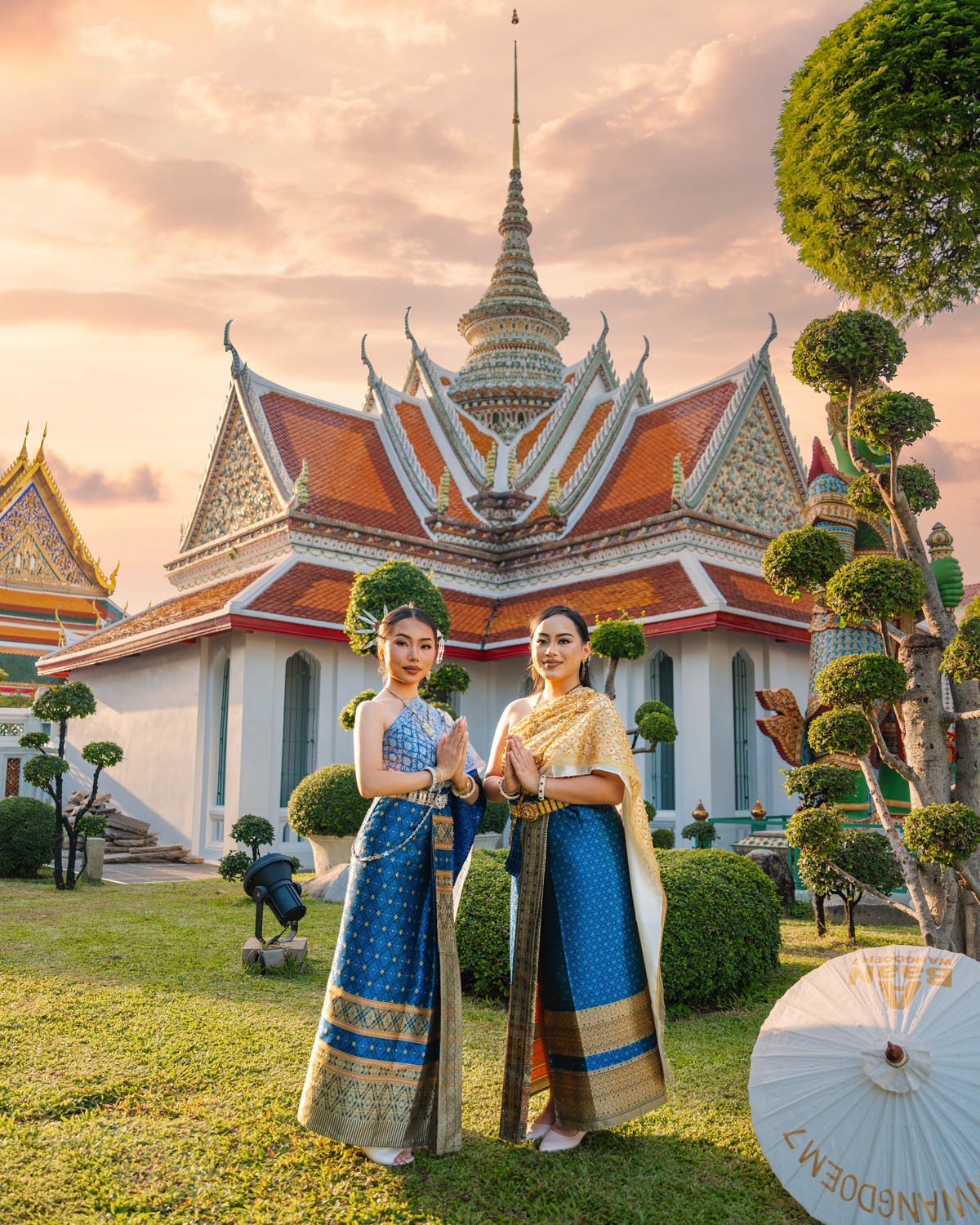The Art and Science of Capturing Thai Traditional Costume Beauty
As a professional photographer in Bangkok specializing in traditional Thai costume photography, I’ve encountered unique challenges that combine technical expertise with cultural sensitivity. The interplay between ancient silk craftsmanship and modern digital sensors creates a fascinating dichotomy that requires careful consideration and specialized techniques to capture perfectly.
The journey begins with understanding the complex nature of Thai silk, a material that has captivated artists and photographers for generations. Thai silk presents a particular challenge for digital photography due to its distinctive two-tone effect, known as shot silk or changeant. When light hits the fabric, it creates an iridescent effect where colors shift and change depending on the angle of view. This beautiful characteristic of Thai silk becomes both a blessing and a challenge for photographers. Getting the perfect exposure requires a deep understanding of how different lighting conditions interact with these luxurious fabrics. For those interested in experiencing these gorgeous traditional costumes firsthand, our partners at siamcrown.com offer an excellent selection of authentic Thai traditional clothing for rent.
The outdoor environment of Bangkok adds another layer of complexity to traditional costume photography. The tropical climate means dealing with intense sunlight that can wash out the intricate details of traditional Thai costumes. I’ve found that the best times for outdoor shoots are during the golden hours – shortly after sunrise or before sunset. The softer, warmer light during these periods helps to highlight the texture of the silk while maintaining the rich, deep colors that make Thai traditional costumes so striking. However, the unpredictable nature of Bangkok weather means always having a backup plan and being ready to adapt quickly to changing conditions.
Modern digital cameras, while incredibly advanced, sometimes struggle to accurately capture the true essence of Thai silk’s color variations. The camera’s white balance and color reproduction capabilities need careful calibration to faithfully represent the subtle color transitions in traditional Thai costumes. I’ve spent years perfecting my technique, often using a combination of custom white balance settings and color checker cards to ensure the final images truly reflect the garments’ authentic appearance. The challenge lies in finding the perfect balance between technical accuracy and artistic interpretation.
Lighting setup plays a crucial role in traditional costume photography. While natural light can be beautiful, it’s essential to understand how to supplement it effectively. The intricate details of Thai traditional costumes, from the elaborate beadwork to the complex patterns in the silk, require careful consideration of light direction and quality. I often use reflectors to fill in shadows and highlight the textile’s texture without creating harsh highlights that could detract from the costume’s natural beauty. The goal is to create depth and dimension while preserving the authentic appearance of the traditional garments.
When photographing traditional Thai costumes, composition becomes particularly important as these garments tell a story of Thailand’s rich cultural heritage. Each element of the costume has significance, from the specific pattern of the silk to the way the fabric is draped. As a photographer, my role extends beyond just technical expertise – I need to understand and respect these cultural elements to capture them appropriately. This often means working closely with my clients to ensure proper presentation of the traditional attire while creating visually compelling images that honor Thai cultural traditions.
Post-processing presents its own set of challenges in traditional costume photography. The goal is to enhance the natural beauty of the Thai silk without over-manipulating the images. This requires a delicate touch in editing, particularly when adjusting color saturation and contrast. The two-tone effect of Thai silk can be easily lost if the processing is too heavy-handed. I’ve developed a specific workflow that preserves the authentic appearance of the fabrics while ensuring the images meet professional standards for clarity and impact.
One of the most rewarding aspects of photographing Thai traditional costumes is capturing the interaction between the garment and its wearer. The way the silk moves and flows creates dynamic opportunities for striking images. This requires quick thinking and precise timing to capture those fleeting moments when the fabric, light, and subject come together perfectly. It’s a dance between technical precision and artistic intuition, where understanding both the capabilities of modern camera equipment and the nature of traditional Thai textiles becomes crucial.
Heat and humidity management adds another technical dimension to the process. Bangkok’s climate can be challenging for both equipment and subjects. Protecting camera gear from moisture while ensuring subjects remain comfortable in heavy traditional costumes requires careful planning and execution. I’ve learned to work efficiently, making the most of each session while maintaining the highest standards of quality and client comfort.
The evolution of camera technology has brought both opportunities and challenges to traditional costume photography. While modern sensors offer incredible resolution and dynamic range, they sometimes need to be “tamed” to avoid over-emphasizing certain aspects of the silk’s texture. Finding the right balance between technical perfection and artistic interpretation remains an ongoing journey, one that combines respect for traditional craftsmanship with modern photographic innovations.
For photographers aspiring to specialize in traditional Thai costume photography, I recommend developing a deep appreciation for both the technical and cultural aspects of this art form. Understanding the history and significance of Thai traditional costumes enhances one’s ability to capture their essence meaningfully. When clients choose to wear these beautiful traditional garments, whether their own or rented from quality providers like siamcrown.com, they’re not just wearing clothes – they’re embracing centuries of Thai cultural heritage.
Success in this specialized field comes from constant learning and adaptation. Each session brings new challenges and opportunities to refine techniques and deepen understanding. The goal is always to create images that not only showcase the beauty of Thai traditional costumes but also tell the story of Thailand’s rich cultural heritage through the lens of modern photography.
The relationship between camera settings and fabric behavior requires special consideration in traditional Thai costume photography. While a fast shutter speed might seem ideal for capturing sharp details in the intricate patterns, it can sometimes work against us by freezing the natural flow and movement that makes Thai silk so captivating. I’ve found that slightly slower shutter speeds, carefully balanced with appropriate lighting, can create a subtle sense of movement that better represents the dynamic nature of these traditional garments. This technique requires steady hands and excellent timing, but the results capture both the physical beauty of the costume and its inherent grace in motion.
Color management becomes particularly crucial when working with traditional Thai costumes, especially given the prevalence of gold thread and metallic elements in many garments. Available through specialists like <a href=”https://www.siamcrown.com”>siamcrown.com</a>, these authentic costumes often feature intricate gold work that can easily become overwhelming in digital images if not properly managed. The key lies in finding the sweet spot between preserving the metallic brilliance while preventing it from dominating the overall composition. I’ve developed a specific approach that involves careful exposure adjustment and selective polarization to control reflections while maintaining the natural luminosity of these precious elements.
The seasonal variations in Bangkok’s natural light present both opportunities and challenges for traditional costume photography. The monsoon season, with its dramatic skies and diffused light, can create atmospheric conditions perfect for capturing the subtle textures of Thai silk. However, these conditions also demand quick adaptation and technical flexibility. I’ve learned to embrace these changing conditions, using them to create distinctive moods that complement different styles of traditional costumes. The key is understanding how various weather conditions affect both the fabric’s appearance and the camera’s response to available light.
Lens selection plays a crucial role in traditional costume photography that often goes unnoticed by casual observers. While portrait photographers typically gravitate toward longer focal lengths, photographing Thai traditional costumes requires a more nuanced approach. The intricate details demand sharp optics, but the need to capture full-length compositions while maintaining perspective integrity presents a unique challenge. I’ve found that a carefully chosen mid-range zoom lens often provides the versatility needed to capture both detailed close-ups of the costume’s craftsmanship and wider shots that show how the garment flows and moves with the wearer.
Group photography with traditional Thai costumes adds another layer of complexity to the technical challenges. When photographing multiple subjects in traditional dress, the interaction of different fabrics and colors requires careful consideration of composition and lighting. The varying reflective properties of different silks can create unexpected color casts, while the traditional hierarchical arrangement of group poses demands attention to both cultural accuracy and photographic balance. These sessions require a thorough understanding of both technical photography principles and traditional Thai cultural protocols.
The role of location scouting becomes particularly significant when photographing traditional Thai costumes. The background must complement the costumes without competing for attention, while also providing practical considerations for lighting and composition. Historic temples and traditional Thai architecture can provide stunning backdrops, but they also present challenges in terms of lighting and crowd management. I’ve developed a network of locations around Bangkok that offer both aesthetic and practical advantages for traditional costume photography, each carefully chosen to enhance different styles of traditional dress.
The integration of modern fashion trends with traditional Thai costume elements has created new technical challenges in recent years. Many clients now request fusion-style photographs that combine traditional elements with contemporary styling. This modern approach requires adapting traditional photography techniques while maintaining respect for cultural elements. The key is finding ways to use modern lighting and composition techniques that enhance rather than overshadow the traditional aspects of the costumes. These shoots often involve collaborating with makeup artists and stylists who understand both traditional Thai aesthetics and contemporary fashion trends.
Working with traditional Thai costumes has taught me the importance of timing in relation to the subjects themselves. Unlike regular fashion photography, subjects wearing traditional Thai costumes often need time to acclimate to the weight and movement of the garments. I’ve learned to build in adjustment periods during photo sessions, allowing clients to become comfortable with their traditional attire before beginning serious photography. This patience not only results in better photographs but also helps preserve these beautiful garments, many of which are either family heirlooms or carefully curated rental pieces from respected providers like <a href=”https://www.siamcrown.com”>siamcrown.com</a>. The extra time invested in proper preparation always pays dividends in the final images, creating photographs that capture not just the visual beauty of Thai traditional costumes, but also the dignity and grace they impart to their wearers.


